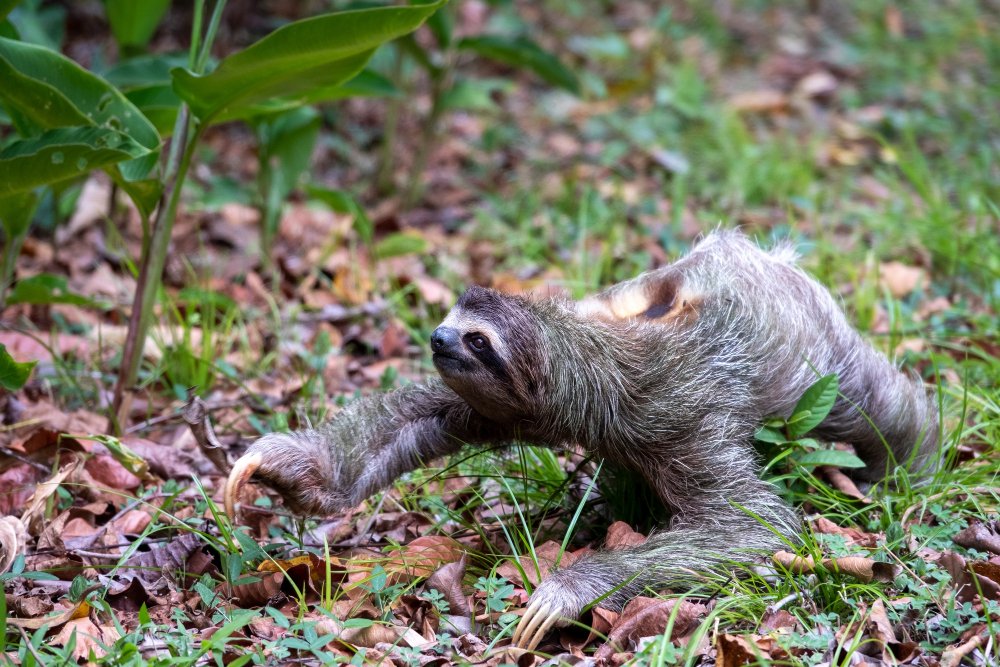
Laziness or inactivity can be subjective and dependent on various factors such as environmental conditions and the animal’s natural behavior.
However, here are five animals that are often associated with relatively low activity levels:
- Sloth
- Panda
- Koala
- Giant Tortoise
- Capybara
1. Sloth

Sloths are known for their slow movements and low metabolic rate. They spend most of their time hanging upside down in trees and have a very low activity level.
2. Panda

Pandas are generally slow-moving animals that spend a significant amount of time eating and resting. Their diet consists mainly of bamboo, which provides low energy levels, leading to their reputation for being lazy.
3. Koala

Koalas are marsupials that spend most of their time sleeping and resting in trees. They have a specialized diet of eucalyptus leaves, which are low in nutrients, resulting in a sedentary lifestyle.
4. Giant Tortoise

Giant tortoises are known for their slow and leisurely pace. They have a low metabolic rate and spend a significant amount of time resting and grazing on vegetation.
5. Capybara

Capybaras, the largest rodents in the world, are typically relaxed animals. They spend much of their time lounging near water, taking frequent naps, and enjoying a leisurely lifestyle.
Other laziest animals are:
- Python: Pythons are non-venomous snakes that are ambush predators. After a large meal, they may rest for extended periods to digest their food, exhibiting low activity levels.
- Three-Toed Sloth: Three-toed sloths, similar to their two-toed counterparts, are known for their slow movements and limited activity. They have a low metabolic rate and spend most of their time hanging in trees.
- Hibernating Bears: Some bear species, such as grizzly bears and black bears, undergo long periods of hibernation during the winter months. During this time, their activity levels are significantly reduced.
- Dugong: Dugongs are large marine mammals that spend most of their time grazing on seagrass. They have a relatively sedentary lifestyle, moving slowly in search of food.
- Armadillo: Armadillos are known for their slow movements and tendency to dig burrows. They have a low metabolic rate and spend a significant amount of time resting.
- Quokka: Quokkas, small marsupials found in Australia, have a reputation for being relatively inactive. They spend a significant amount of time resting and have a low-energy lifestyle.
While these animals may exhibit behaviors that appear lazy or inactive, it is important to remember that their lifestyles and energy requirements are suited to their specific ecological niches. They have evolved to conserve energy and adapt to their environments in ways that may seem leisurely to us humans.



